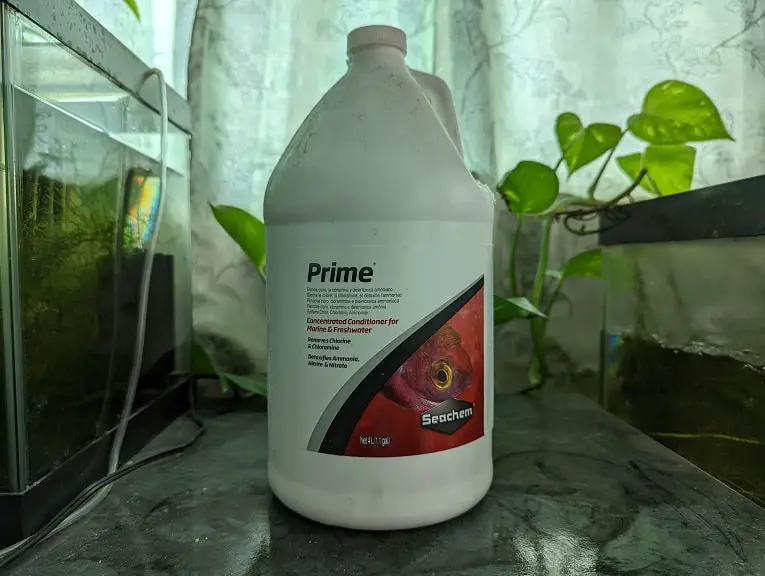The Caribsea Eco-Complete, which has been renamed to Caribsea Eco-Planted, contains nutrients that will help your live plants grow. So, does this substrate with any ammonia that may leech into your fish tank?
You can find out in this article from Aquarium Blueprints.
What is ammonia?
Ammonia comes when organic wastes break down in your aquarium. Organic wastes come from leftover food particles, dead bodies and excrements produced from your aquatic pets. If left in the water column, this chemical compound can be very toxic to your fish and other inhabitants in the tank.
To remove ammonia, you need to grow nitrifying bacteria that will convert ammonia over to nitrites. While nitrite is also toxic, it can also be converted over to the less toxic nitrates. Your aquarium is considered to be fully cycled when its water contains 0 ppm of both ammonia and nitrite.
Does Eco-Complete or Eco-Planted contain ammonia?
The only way that Eco-Complete/Eco-Planted will contain ammonia is with the bacteria that is living on its surfaces. This substrate contains Heterotrophic, a species that will help break down organic wastes from the water column.

If the Heterotrophic don’t get fed, however, then its colonies may start to die off, which may cause a small spike in ammonia. This may happen if the substrate gets left in the bag for too long without any food source for the bacteria.
To know for sure, you can try testing the water inside the packaging of the co-Complete or Eco-Planted for ammonia by using an aquarium test kit.

How to prevent Eco-Complete or Eco-Planted from leeching ammonia
If you want to prevent the Eco-Complete or Eco-Planted from leeching ammonia, then you can try removing as much of the water from the bag as possible before putting the substrate in your tank.
In order to do so, we recommend rinsing these small rocks in a water bucket or container. When rinsing, you need to add a dechlorinator if you are using tap water. If you don’t, then the tap water may harm the remaining Heterotrophic, potentially causing more deaths.
What to do if the substrate is leeching ammonia in your tank
If you already put the substrate in your tank, and believe that it is causing the ammonia level to increase, then we recommend doing a water change. By doing so, you should dilute the ammonia concentration.
A product such as Seachem Prime will also be very helpful as it is designed to bind ammonia into a non-toxic form for up to 48 hours. During this time, the beneficial bacteria and live plants in your tank will also help consume the access ammonia.

You can do daily water changes and then dose Prime until your ammonia level goes back down to 0 ppm.
